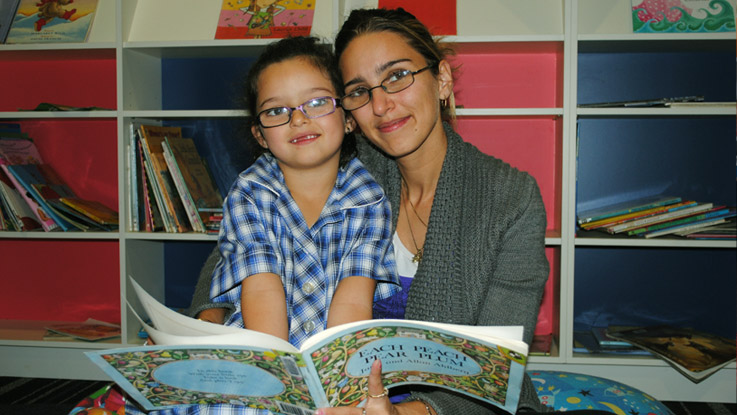
student2student
The reading gap in primary school between the lowest socio-economic students (SES) and the highest SES is equivalent to almost 3 yrs of schooling.1
The literacy foundations built by children during their primary and early secondary years are crucial to their ability to do well at school. Research identifies a clear link between the development of cognitive skills such as literacy and numeracy at an early age and higher levels of education achievement, greater employability, higher earnings and greater social participation.2
What is student2student?
Our student2student program works by matching students who need to improve their reading with peer Buddies who help and encourage them with their reading. Peer support is central to the program’s success. Evidence indicates that one of the best ways to support students who have reading difficulties is for the help to come from others near their own age.3
student2student involves these two groups of participants:
-
Students in Years 3 to 8 assessed as being up to two years behind in their reading development and want additional support to improve their reading.
-
Reading Buddies with good literacy skills who are at least two years older than the student. The Buddies are trained by The Smith Family to help their students develop reading confidence and skills, using the ‘Pause, Prompt, Praise’ reading support method.
Each student and Buddy read two to three times a week for at least 20 minutes, over an 18 week period.
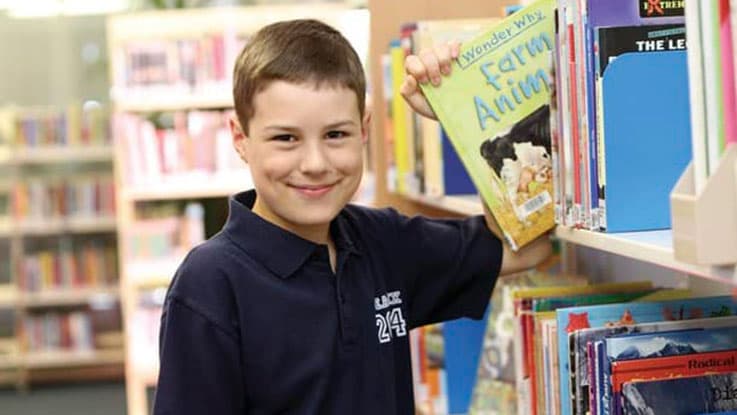
The student2student program is currently delivered digitally.
How does student2student help?
For more than a decade student2student has been annually evaluated and has consistently realised reading improvements in participants.
Reading improvement is assessed through the implementation of a pre and post-program reading test and surveys with all participants (readers and Buddies), including feedback from parents. Since its inception, the program has proven the value of peer to peer reading.
In 2022, a detailed analysis of data for 1150 student2student participants was carried out. Students, Buddies and parents were also asked to complete surveys about their experience of the program.
- 90% of students improved their reading
- 74% of students agreed they read more having completed the program
- 80% of students agreed the program helped them feel more confident with school work
- 88% of parents reported children felt better about themselves
- 93% of parents report their child’s reading has improved.
Before introducing the program nationally, The Smith Family trialed and independently evaluated the student2student program for three years in New South Wales.
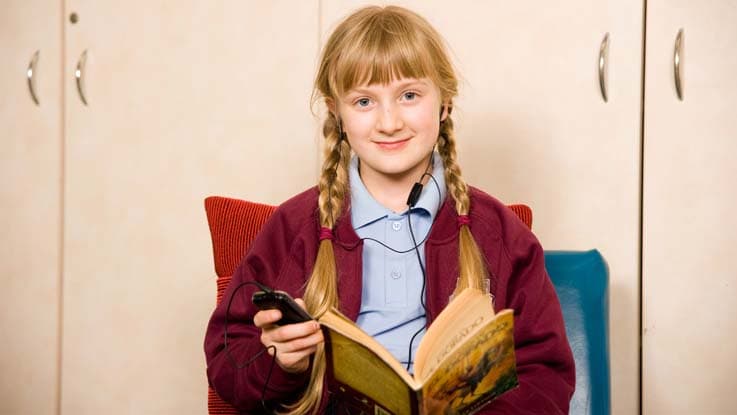

What our participants tell us
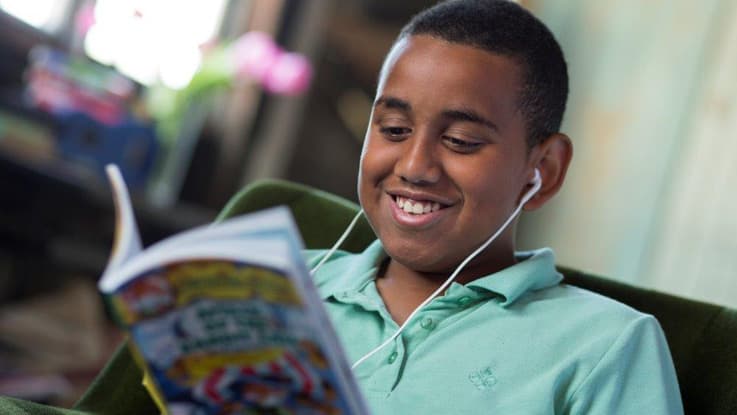
It was good reading to someone that I didn't know because they didn't judge me when I made mistakes.
Our learning programs
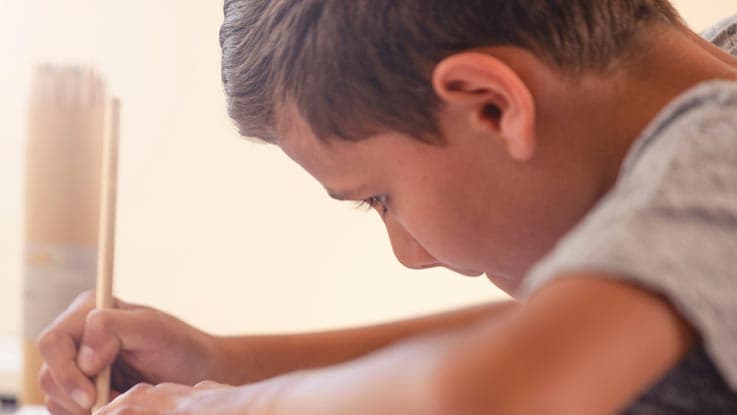
Aboriginal and Torres Strait Islander programs
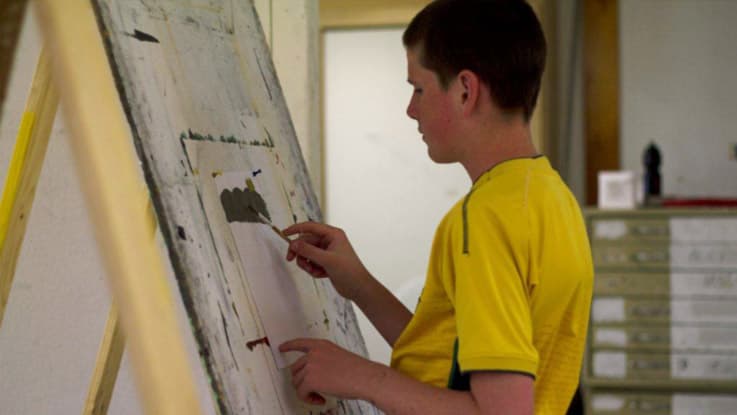
Arts programs
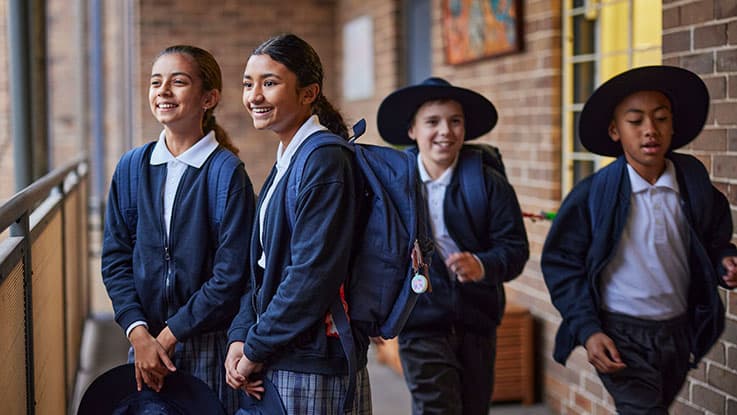
Community programs
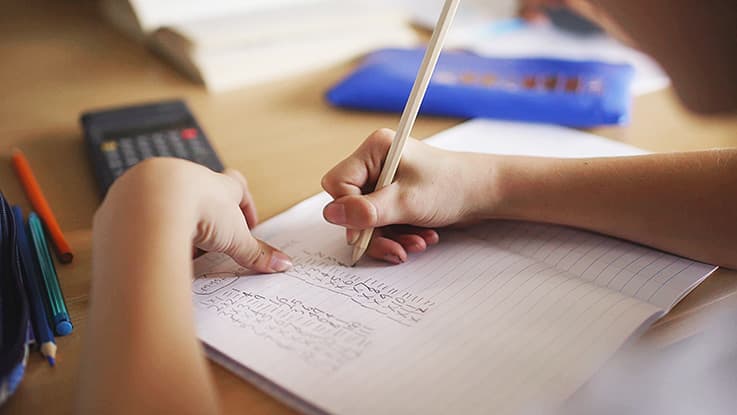
Financial programs
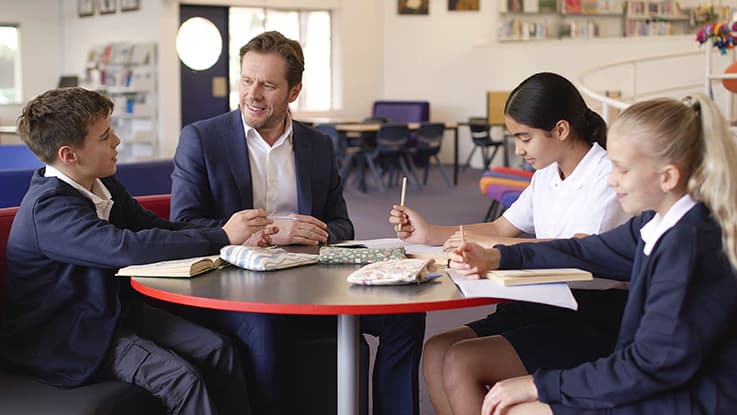
School transition programs
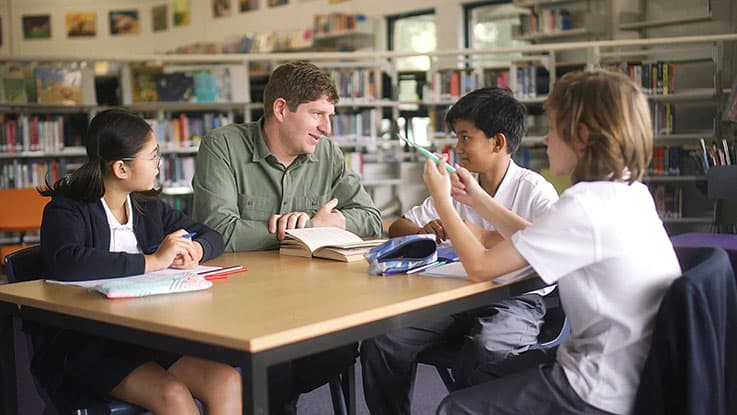
Learning Clubs
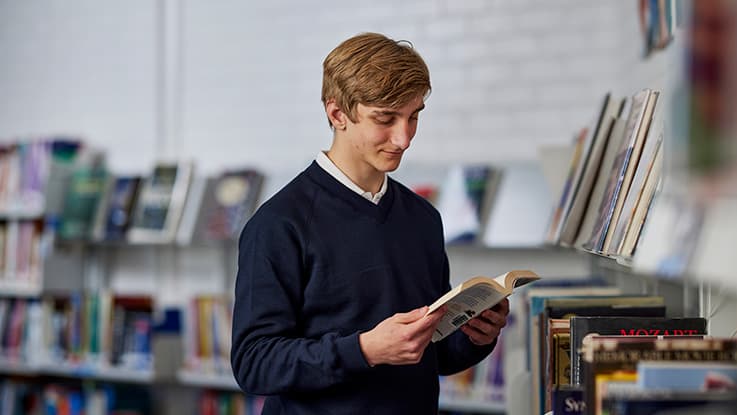
Literacy programs
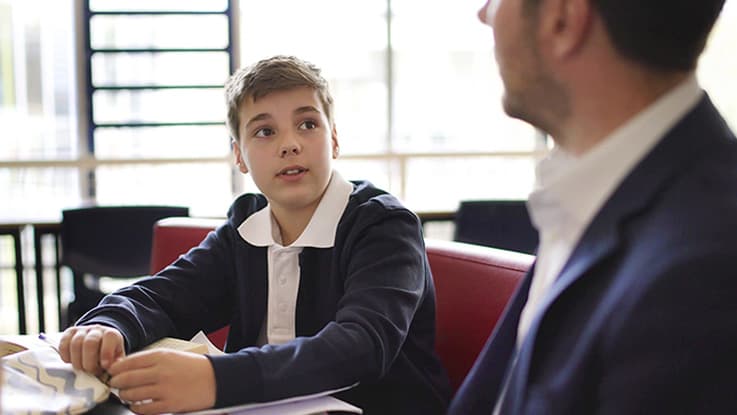
Mentoring programs

Mentoring programs
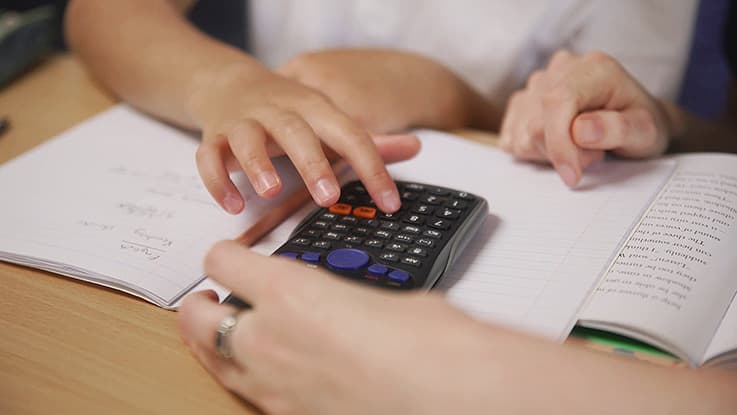
Numeracy programs
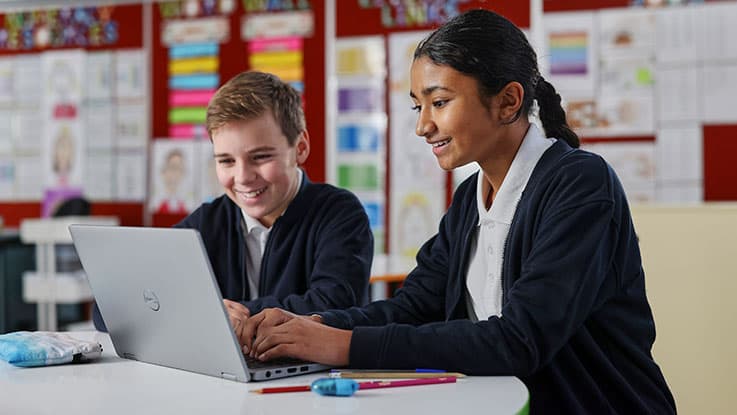
Technology programs
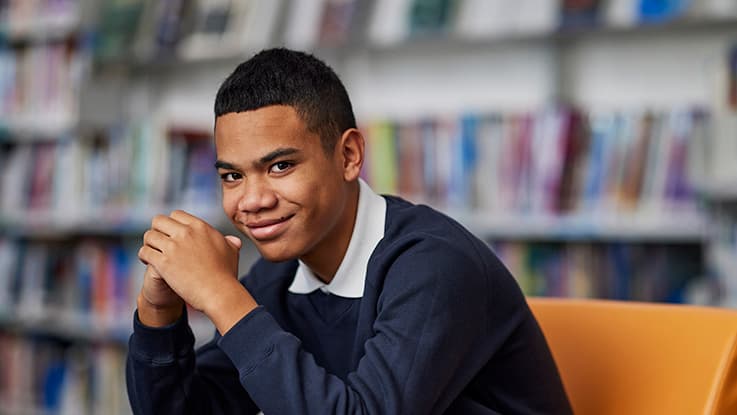
Work experience programs
2 Australian Council for Educational Research Ministerial Council for Education (2010), National Assessment Program: Literacy and Numeracy Report. Early Childhood Development and Youth Affairs (MCEEDCDYA).
3 Rohrbeck,C.A.et al (2003) Peer-assisted learning interventions with elementary school students: a meta-analytic review. Journal of Education Psychology, 95(2), 240-257.
